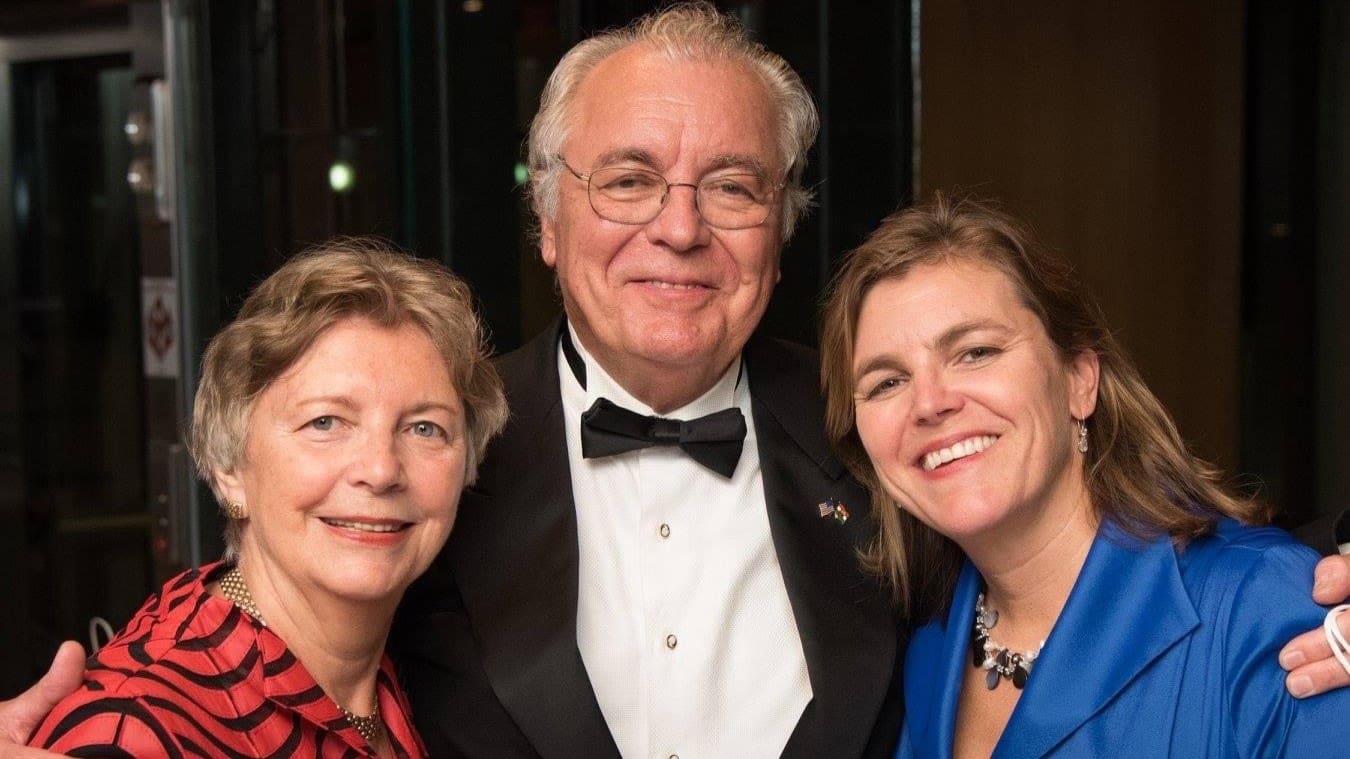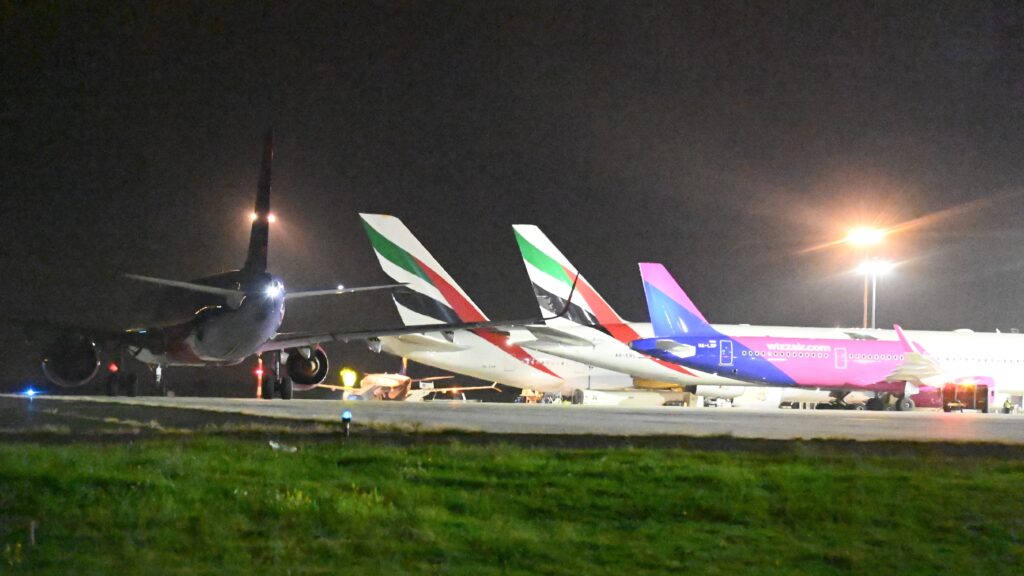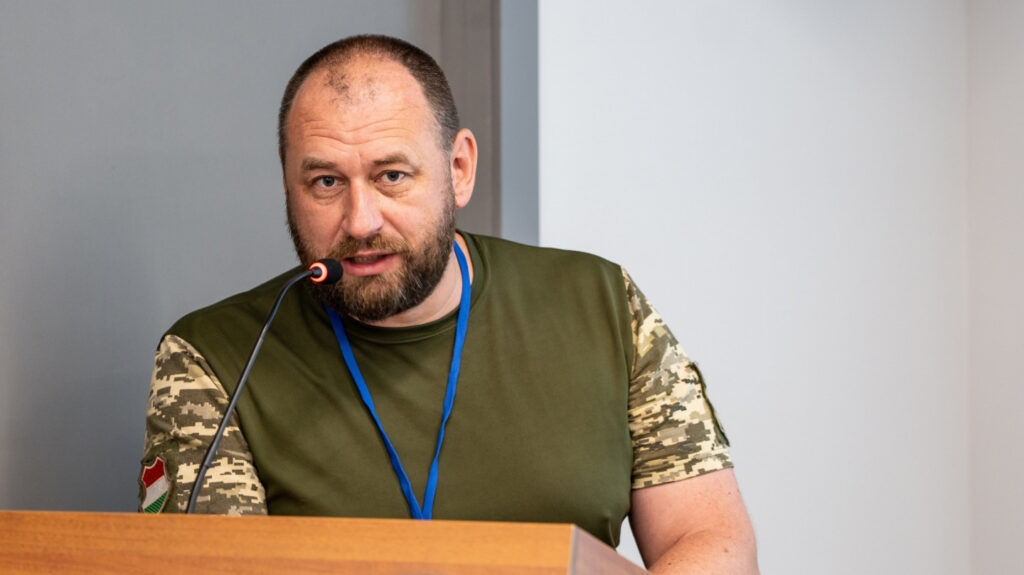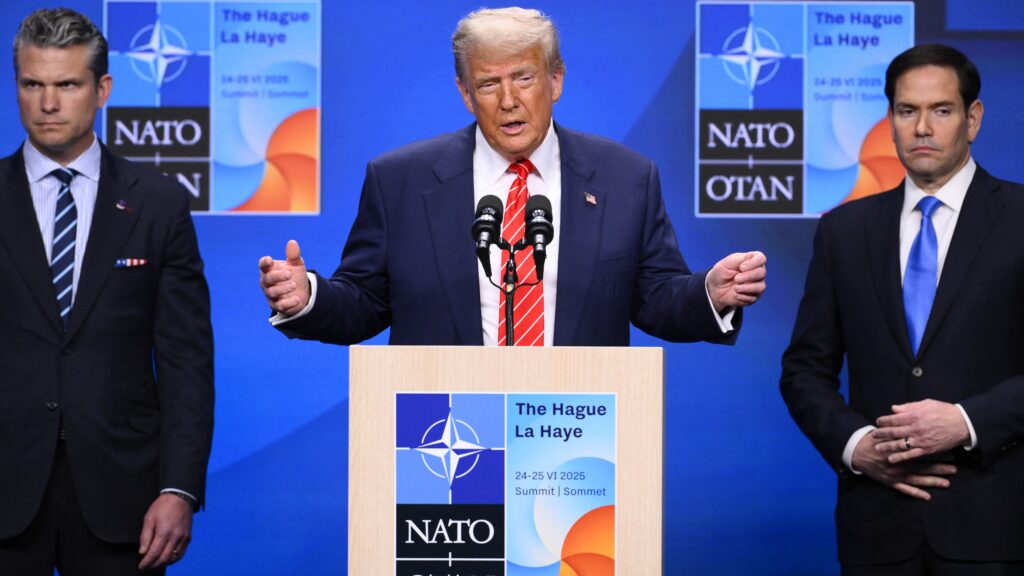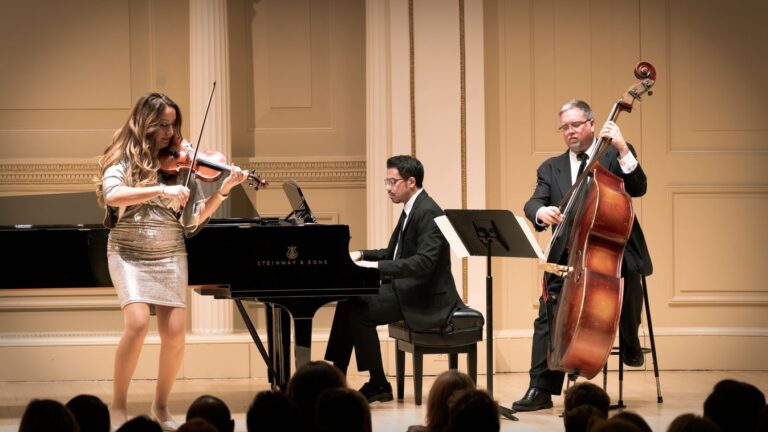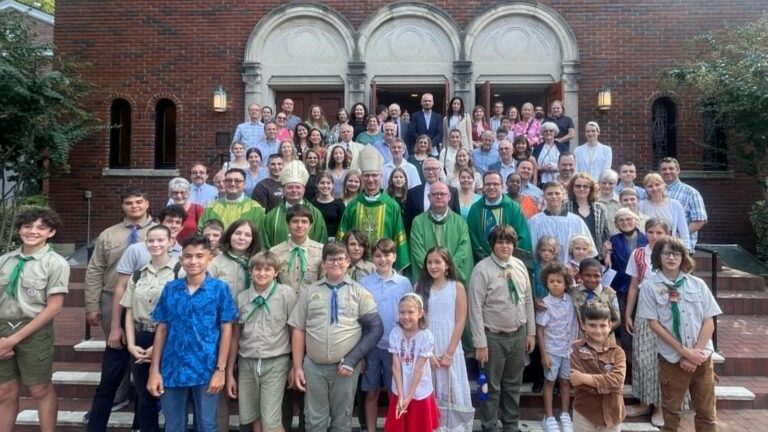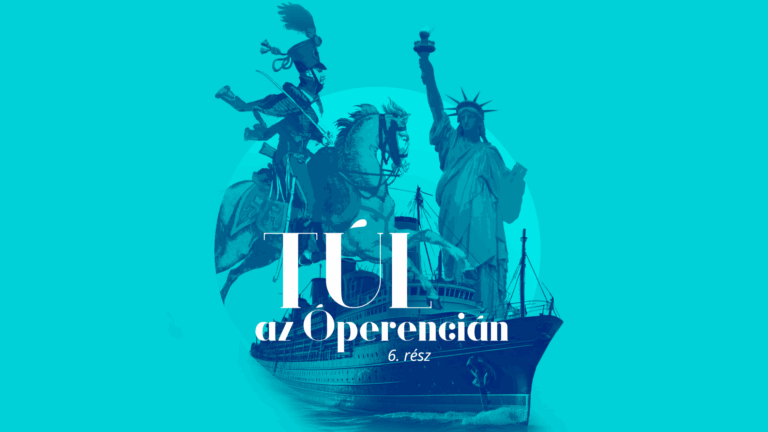Growing up as the daughter of a Hungarian mother, who escaped to the US in 1956, and a successful, self-made American father, Andrea Lauer Rice had a childhood somewhat different from many in her Hungarian American generation. While she was emotionally connected to her Hungarian roots, she lived a mostly American life and spoke only ‘kitchen Hungarian’ until she moved to Hungary at the age of 22. During her six years there, she fully embraced her Hungarian heritage. Since then, she has launched several 1956-related projects to make sure that the memory and true spirit of the Revolution lives on. She also followed in her mother’s footsteps by being elected President of the Hungarian American Coalition (HAC), the largest umbrella organization in the US, with 38,000 members. She is a leader in the Atlanta, Georgia community, established the annual Atlanta Hungarian Festival and had a seminal role in the dedication of the 1956 Freedom Fighter statue in Atlanta. She also served as the US President of the Hungarian Diaspora Council for the past four years.
***
Your mother, Edith K. Lauer, told us first-hand stories about the revolution of 1956 and the several ways she tried to keep its memory alive in her family and through her work. Tell us about your childhood; how did it feel to be raised by a Hungarian mother and an American father?
I was incredibly lucky to have two supportive parents and a very close-knit family. When I was growing up, we moved every few years due to my father’s work. We also visited Hungary every few years, to learn about our Hungarian heritage, spend time with family members and learn about our family history. I am a tremendously grateful, patriotic American as well as a proud Hungarian! I often say that I have paprika in my veins. I think all of us are richer because we experience two cultural identities at the same time. I feel like being Hungarian American is its own, unique identity — we get the best of both worlds.
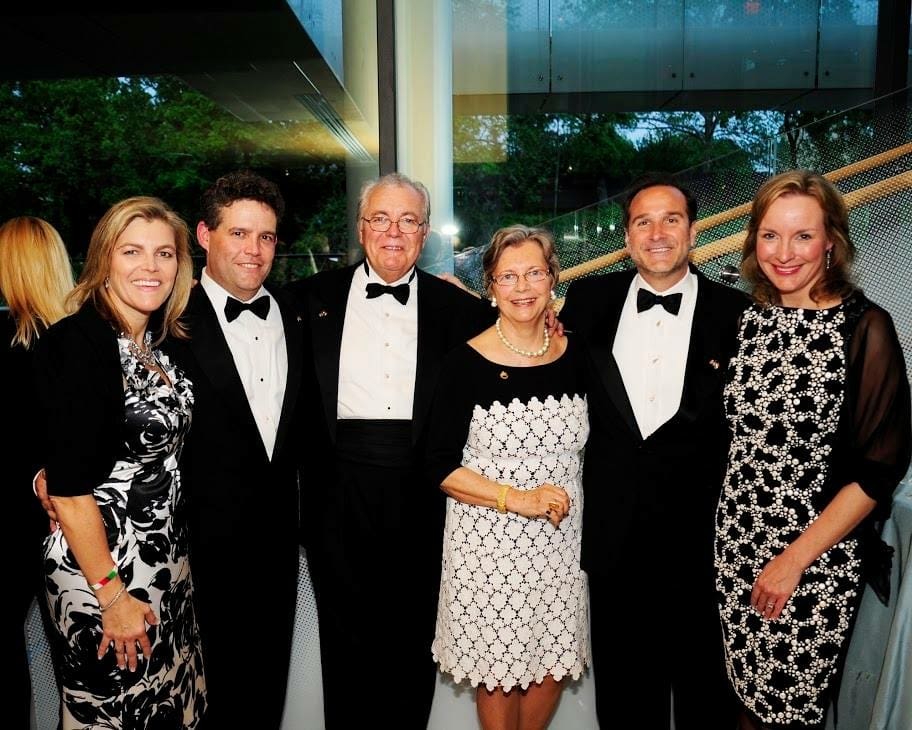
You mentioned that the very first commemoration of 1956 in Hungary that you witnessed had a huge effect on you.
I originally moved to Hungary to cover the visit of Pope John Paul II in 1990, which was a fascinating experience for a young journalist like me. I remember the crowds of people, standing for hours on end, to hear from the Pope. It was unforgettable. Around that time, I also remember vividly the first 1956 commemoration in Budapest. The largest revolutionary flag I had ever seen covered the steps of the Parliament. It brought back so many memories of stories I had heard from family members, including when my 14-year-old mother climbed on top of one of the lions by the Parliament’s steps during that huge demonstration on October 23. And there I was, at that same spot, 35+ years later in a free Hungary. I remember a grandfather and grandson sitting on the steps, as he shared his memories of 1956, tears streaming down his face… 1956 was such an incredible and unique moment in history and so few people know about it outside of Hungary. I want to make sure that people continue both commemorating and celebrating it.
Commemorating or celebrating?
This is a moment in history when Hungary did something that no one else in the world dared to do. In some ways, Hungary has never been more respected across the world, than at that moment, when they rose up against Soviet tyranny in 1956. That is why I say it is a cause to both commemorate and celebrate.
Before talking about your 1956-related projects, let us know: how do you try to pass its memory on in your family?
We try to do the same things with our boys that my parents did with my sister Kriszta and me, including traveling to Hungary every few years and teaching our family history, especially 1956. One thing that surprised me in the 90s was to discover how little young Hungarians knew about 1956. Of course, under communism, teachers were forbidden to mention 1956, but I was still shocked since it had been such an important story in my childhood. I created a survey for high school students to find out what they knew about 1956 and discovered that unless a relative had been directly involved, they knew very little. It was depressing, so I tried to come up with new, engaging ways to teach the next generation about the Revolution.
First there was a computer game and a graphic novel, right? Why did you start with these?
When I moved back to the U.S. after six years in Hungary, I founded my own company, Lauer Learning. My first project was to create a historically-accurate, role-playing computer game based on oral histories of 1956ers. FF56! was a new, memorable way to pass on these stories to the next generation. We tried to get kids interested in learning about what 56ers went through and even try to imagine themselves in the same position. We launched the game at the Sziget Festival at the House of Terror Museum exhibit area. It was great fun, but the technology of the game quickly became obsolete, so we repackaged the graphics and script, developed them into a graphic novel about the Revolution. My boys have had their own copies of Hungarian Freedom Fighters of 1956 from the time they could look at picture books. And, we have donated the graphic novel to every school, church, library, history professor that any of us have ever known!
Your next project was the Memory Project with Réka Pigniczky.
Réka and I met when we both moved to Hungary in the early 90s. Over the years, we became close friends and started the Memory Project (MP) in 2015, in time for the 50th anniversary. Since we had to travel for the in-person interviews, we tried to minimize time spent away from our young kids, by organizing a series of interviews in one community across several days. Everyone has such vivid memories of 1956 that often the interviews became emotional, almost therapeutic. Some interviews took five to six hours. It was such an honor to be invited into people’s homes and to have people share some of their most painful memories with us. We now have 125+ interviews in the archive. Creating the Memory Project was a wonderful way to record and share these recollections with the next generation. Several documentary films have been created from the MP archive, which gives us another great opportunity to highlight these stories. This has given me a new idea, for a series of zoom interviews with Hungarian-American leaders, to collect and pass on their stories to the next generation.
There has been a 1956 statue in Atlanta since 2022. Was it your initiative?
Yes. For years, I dreamt of having a 1956 statue in Atlanta. Three years ago, we raised over $150,000 from the community, private foundations and individuals, many of them freedom fighters and their families. All donors of $1,000 or more, have their name listed on the bronze plaque. It became a wonderful community-wide project, not just in Atlanta or Georgia, but for the national Hungarian American community. The freedom fighter now stands in Millennium Gate Park, along with Martin Luther King, Jr., Jose Marti, a Cuban freedom fighter, and Cyrus the Great, among others; thus, to my delight, it has become part of a much larger peace narrative.
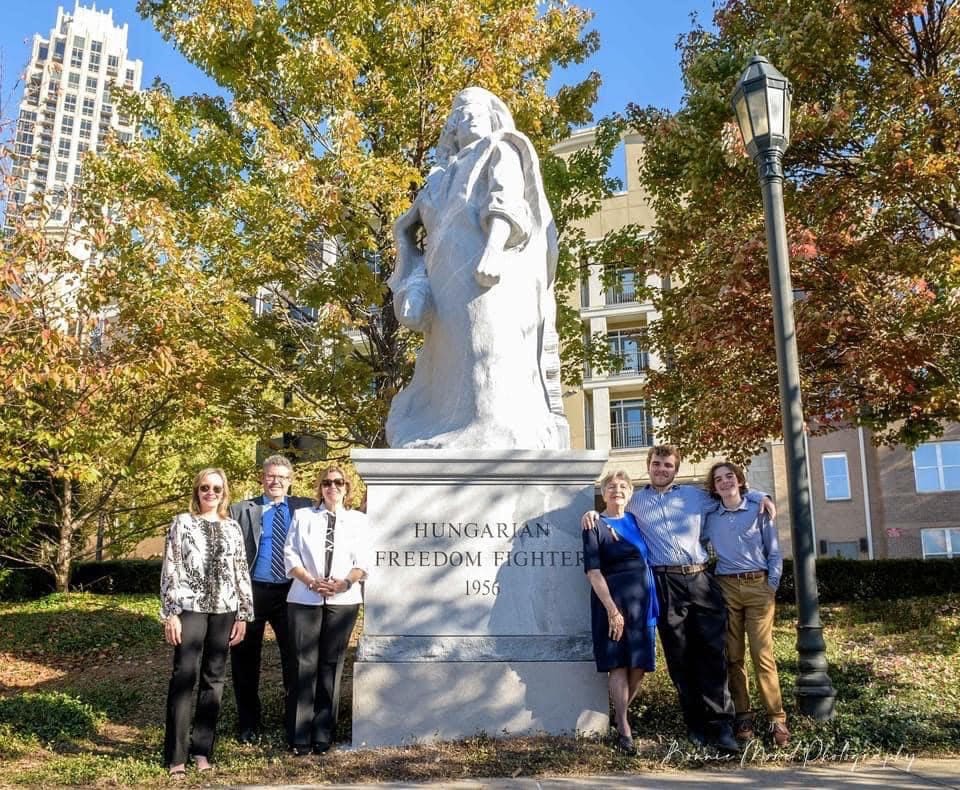
Now let’s talk about the Coalition. When and how did you get involved in it?
I grew up with the Coalition. I was studying journalism at Lehigh University in Pennsylvania. Whenever students’ mothers came to visit, they took their daughters to New York to go shopping or see a play. When my mother invited me to New York, we went to demonstrate at the Romanian Consulate, against the village destruction program. It all started from there. In December 1989, I was sitting in our house, watching the Romanian Revolution on TV, and thinking: I have a journalism degree, why am I watching it on TV from thousands of miles away? So, I moved to Washington DC and worked for several months as the first intern at the HAC office. I also worked at the Hungarian Embassy, where I met Géza Entz, who offered me a job at the Hungarian Diaspora Office (Határontúli Magyarok Hivatala) for which I moved to Hungary. After six years, I moved back to the U.S., and started getting more involved as a member of the Board. I served as Vice President for many years. That was the time I started the oral history website collecting stories about 1956. I have always focused on building the community and strengthening connections. That has been a common theme in most of my work.
HAC’s original mission was to mobilize and coordinate talent and resources promoting the interest of the Hungarian American community, including providing assistance to historical Hungarian minorities in the Carpathian Basin. Has this mission changed since 1991?
Naturally, thirty-two years later, some things have changed, but other challenges have remained the same. Certainly, the original mission included things like fostering the connection between democratic institutions—that part of the mission statement evolved. Sadly, the human rights advocacy element, which all of us had hoped would be a thing of the past, is still part of our mission. Community strengthening, which is my passion, remains central. We have some significant community challenges, including how we bring in the next generation; a generation that does not have a track record of either volunteerism or making donations. In addition, we have to find ways to reach out to second and third generation Hungarian Americans, the majority of whom do not speak Hungarian. I believe wholeheartedly in the premise of the Coalition, which is that we can accomplish much more when we work together than we ever could on our own. That is why the Coalition was founded in 1991. It was a historic moment in time, and the founders recognized the importance of having an independent, politically neutral group of people ready to roll up their sleeves and get down to work. And that has remained a constant for the Coalition from the beginning.
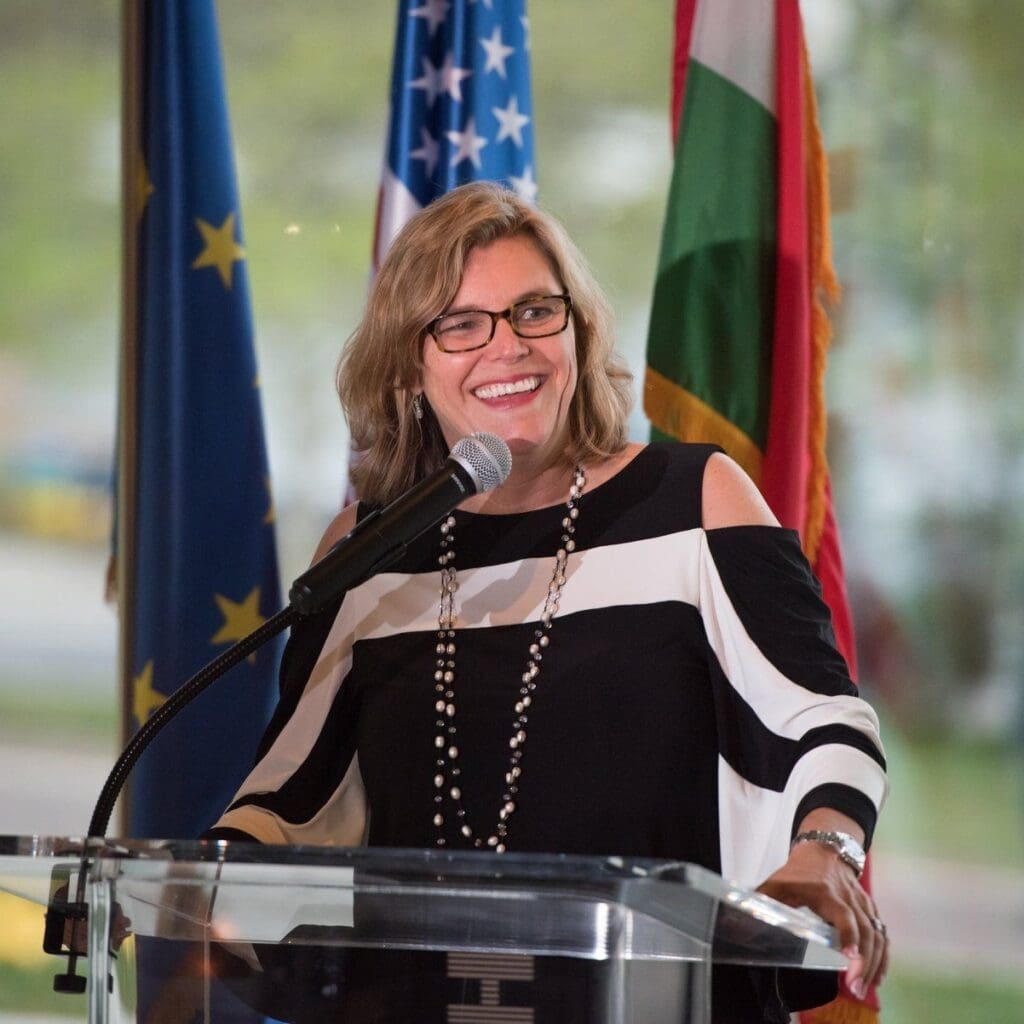
Do you face challenges in this respect?
It is a consistent challenge to be seen as a neutral and independent entity; but HAC’s reputation and our advocacy efforts depend on that. As the largest umbrella organization in our community, we have to be able to work with elected officials on both sides of the Atlantic. So, we rarely make statements unless it is an issue on which there is general agreement, such as Russia’s invasion of Ukraine. We focus on impactful projects such as leadership training and scholarships, and special projects like the 1956 statue and a community-wide fundraising effort to send humanitarian assistance to Ukraine.
What was the objective of the statement you referred to?
The day after Russia invaded Ukraine, the Coalition Executive Committee issued a statement expressing our highly critical opinion of the invasion and urging support for the Hungarian minority in Ukraine. We immediately established a fundraiser, which raised $125,000. That is the power of our community. Our member organizations played an important part of the Coalition’s efforts. Our vice president, Csilla Grauzer in Minnesota, founded an award-winning project called WeCare that collects hospital supplies and sends them to organizations on the ground in Hungary, Transylvania or Ukraine. We were able to help her ship large containers of medical supplies and them where they were urgently needed. We worked with the Hungarian (Magyar) Club of Chicago to help support a member living in Bakonybél, Hungary refurbish housing to host refugee families. We worked with the Carpathian Foundation, to send an ambulance and a mobile ER Unit to Ukraine.
Do you help organizations with planning their future?
Our greatest challenges as a community are the ones that we also face at the Coalition: finding ways to engage the next generation, leadership succession and sustainability. As part of our mission, we want to help strengthen and unify our community. So, we founded a series of 10 HATOG (Hungarian Americans Together) conferences, in different cities across the country. Thanks to social media and our online community calls over the past few years, our community is better connected than ever before, but this was an important way to network ten years ago. Currently, we are working with the Hungarian Hub founded by Piros Pazaurek on the next Hungarian Summit in Daytona Beach, Florida in May 2024. HAC is helping organize the community track to focus on succession planning and how we encourage, motivate, and involve the next generation.
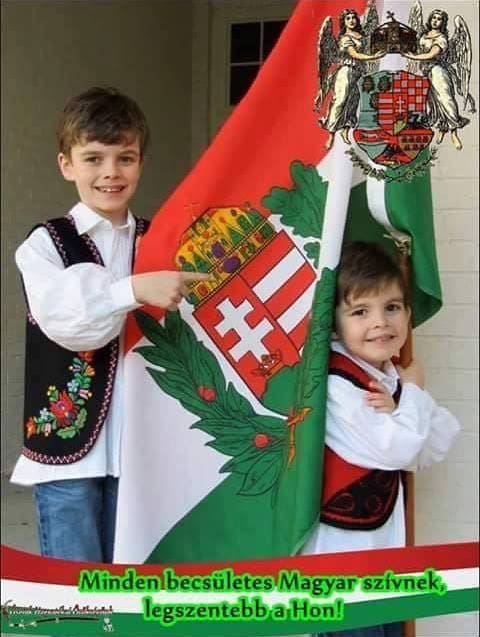
HAC organizes White House Briefings and Mikulás Dinners each year in early December. What is the relevance of these events?
On the first Friday of December, preceding our annual Mikulás Dinner we host a briefing for our members. In the past, we have also held State Department briefings, and meetings with think tanks in Washington, DC. Over the years, we have had remarkable opportunities to interact with high-level decision makers that led to better understanding of how the U.S. government is thinking about Hungary, Romania or Ukraine, etc. It is our consistent challenge to provide context to U.S. officials to help them understand a thousand years of history that frames the Hungarian human rights issues today. In addition, we have been able to bring Hungarian leaders from Hungary and the surrounding countries to meet U.S. officials. Just a few years ago, we helped coordinate meetings with László Brenzovics, the leader of the Hungarian minority community in Ukraine. This year for our Mikulás Dinner, Hunor Kelemen, the President of the Democratic Federation of Hungarians in Romania (RMDSZ) will be our guest speaker. We are working on this year’s briefing as we speak. As we all know, presently there is a less than ideal relationship between the U.S. and the Hungarian government. Therefore, we have to find areas of agreement. For example, the question of NATO countries following the rule of law when it comes to minority rights is a topic everyone can support. Other issues that enjoy wide support are aid to Israel and humanitarian assistance for Ukraine. Once we establish agreement in some areas, we can focus on other topics.
Let us turn to our last topic: the Hungarian Diaspora Council. What is the main goal of the meetings organized in November each year?
When the Hungarian Diaspora Council was founded in 2011, it was really the first time the Hungarian government reached out in any meaningful way to Hungarian communities around the world. It was very much welcomed and people were thrilled, especially with the idea of obtaining their Hungarian citizenship. I think the original idea was to bring all the Hungarian community leaders from around the world together and give them opportunities to network with each other and to meet Hungarian governmental representatives. This year, the first regional elections were held since 2019. I chose not to run for re-election, and happily passed the baton to a new, elected US Diaspora Council president.
What were the most important achievements during your four years as President?
Connection and community! My major focus was to make sure that everybody was connected, especially during the pandemic as we tried to find our footing. We established monthly community zoom calls to share best practices, coordinate activities and work on particular areas of challenge, like how to include non-Hungarian speakers, which represents more than 1 million of our population.! I held these calls in English so that everyone could attend and can proudly say that over the past four years, we grew much closer as a community and enlarged out tent by inviting many more people into the conversation. This is a key to our success—including representatives from all areas of the Hungarian American community to find solutions to our challenges. There are only 1.3 millions of us, so we have to work together—across the nation, with every generation and in both languages! I look forward to continuing this work on behalf of the community within the framework of the Coalition.
Related articles:

